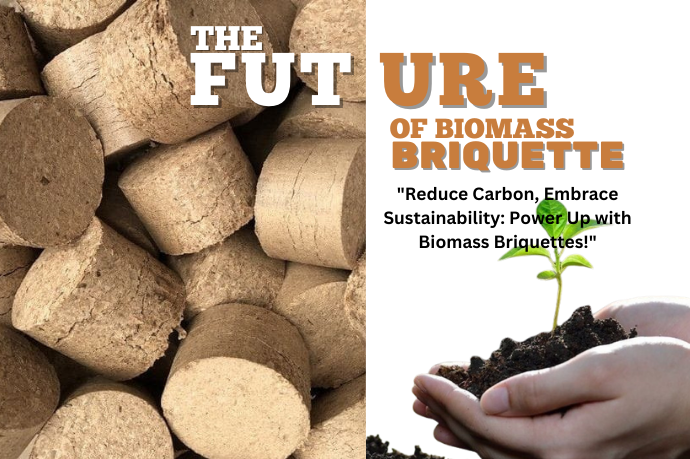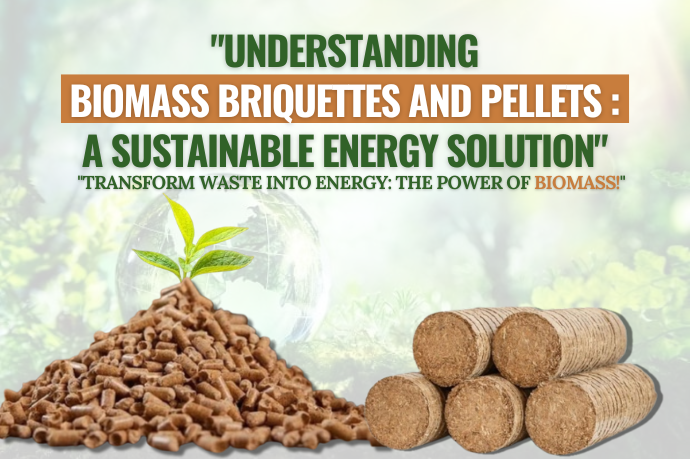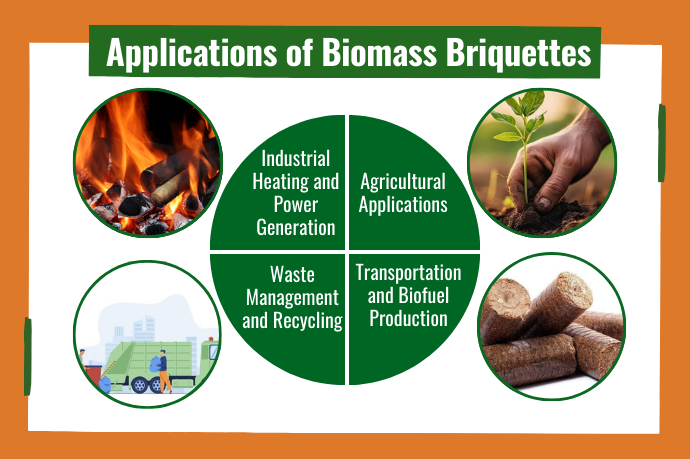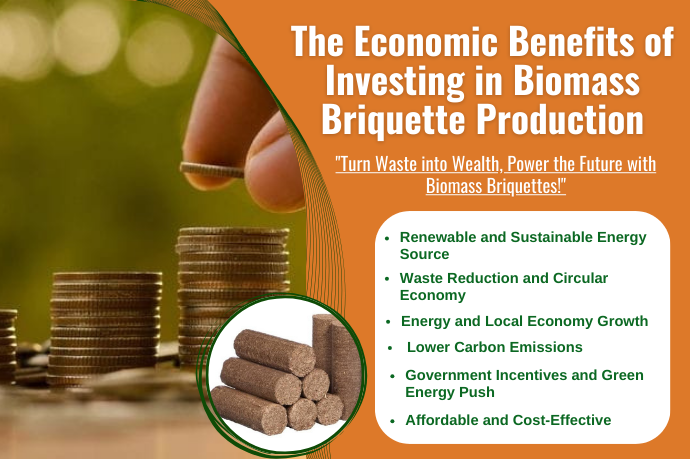"Turning Challenges into Opportunities: Overcoming the Drawbacks of Biomass Briquettes and Pellets"
"Empowering a Greener Future, One Briquette at a Time!"**
As the world increasingly turns to renewable energy sources, biomass briquettes and pellets have emerged as viable alternatives to fossil fuels. While they offer numerous benefits, they also come with challenges that need to be addressed. In this blog, we’ll explore practical strategies to overcome these drawbacks and harness the full potential of biomass energy.
1) Sourcing Raw Materials: Building Local Networks
Challenge: Consistent availability of raw materials can be a significant hurdle.
Solution: Establish partnerships with local farmers, agricultural cooperatives, and waste management facilities. Creating a network for collecting agricultural residues and other biomass materials not only ensures a steady supply but also supports local economies. Incentivizing farmers to sell their waste can foster community engagement and enhance sustainability.
2) Effective Storage Solutions
Challenge: Proper storage is essential to maintain the quality of briquettes.
Solution: Invest in moisture-proof storage solutions and educate users on best practices. Using airtight containers or silos can help keep briquettes dry and intact. Implementing a tracking system for inventory management can also optimize usage and minimize waste.
3) Enhancing Energy Density
Challenge: Biomass briquettes often have lower energy density compared to fossil fuels.
Solution: Explore innovative processing techniques, such as torrefaction, which can increase the energy content of biomass. This technology improves combustion efficiency, making briquettes more competitive with traditional fuels. Additionally, blending different biomass types can enhance energy density.
4) Reducing Production Costs
Challenge: High initial costs can deter potential users from adopting biomass technologies.
Solution:Look for grants, subsidies, or partnerships with governmental and non-governmental organizations that support renewable energy initiatives. Collaborative projects can also spread costs and reduce financial burdens on individual producers.
5) Streamlining Transportation
Challenge: Transportation can be costly.
Solution: Localize production facilities to minimize transport distances. Implementing efficient logistics and using eco-friendly transport methods can help reduce costs and emissions. Additionally, considering bulk transport can lower costs for larger orders.
6) Ensuring Quality Control
Challenge: Inconsistent quality can affect combustion efficiency.
Solution: Develop strict quality control measures during production. Implementing standardized testing for moisture content, density, and combustion characteristics can help ensure that users receive a consistent product.
7) Promoting Sustainable Land Use
Challenge: Biomass production may compete with food crops and impact ecosystems.
Solution: Advocate for sustainable land management practices. Promote agroforestry and intercropping systems that utilize land efficiently without compromising food production. Encouraging farmers to grow dedicated biomass crops on marginal lands can also alleviate competition with food crops.
8) Encouraging User Acceptance
Challenge: Resistance to adopting biomass fuels may stem from traditional preferences.
Solution: Raise awareness through educational campaigns that highlight the benefits of biomass energy. Community workshops, demonstrations, and success stories can help shift perceptions and encourage adoption. Highlighting the local economic benefits and environmental impact can also drive acceptance.
9) Addressing Seasonal Availability
Challenge: Raw material availability can fluctuate with seasons.
Solution: Implement strategies for year-round supply, such as storing biomass materials during peak production seasons or diversifying sources by using a variety of feedstocks. This approach can help smooth out supply fluctuations and ensure consistent production.
By proactively addressing the challenges associated with biomass briquettes and pellets, we can pave the way for a more sustainable energy future. With collaboration, innovation, and community engagement, we can turn these challenges into opportunities, empowering a greener future one briquette at a time!




















